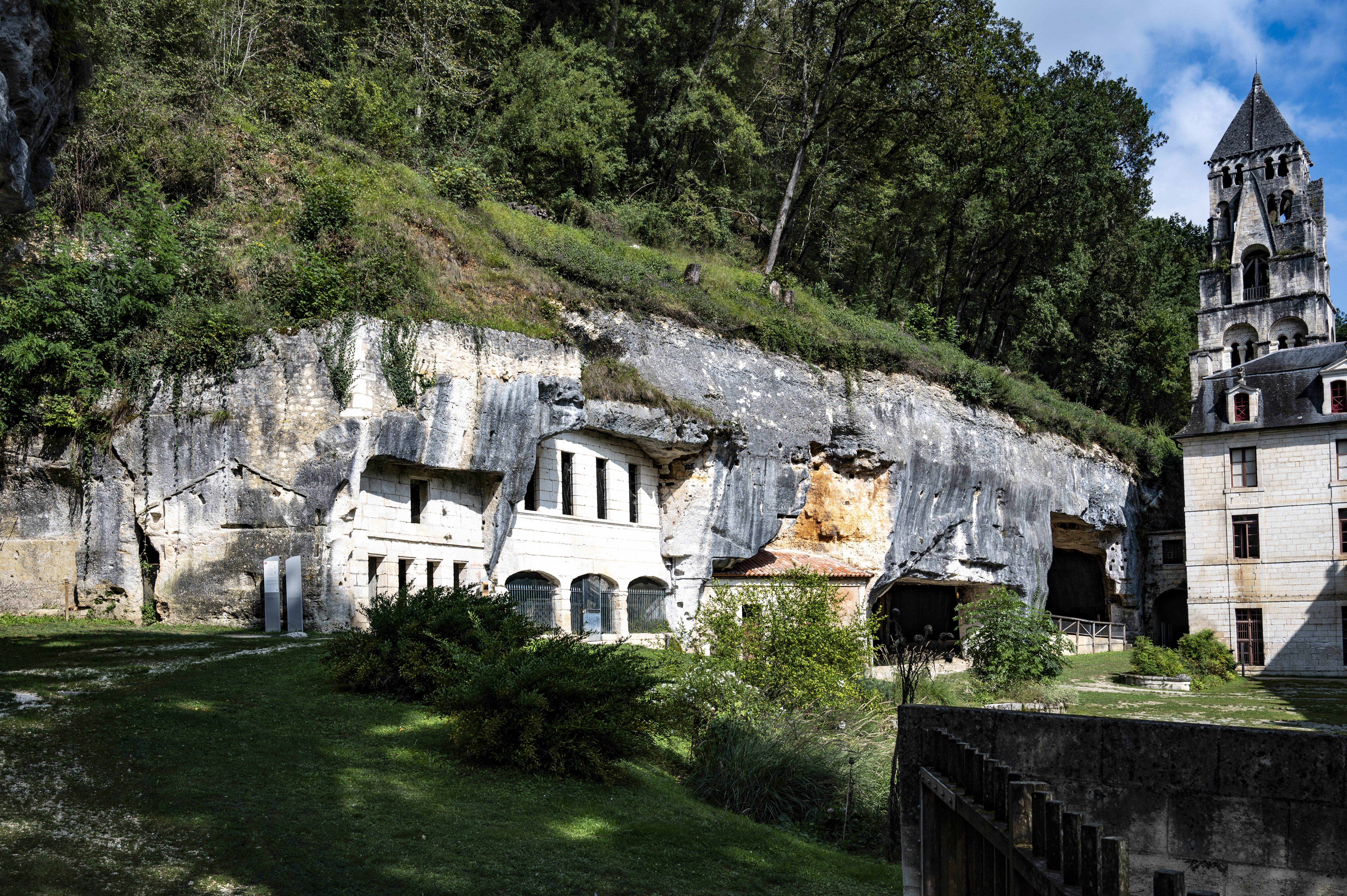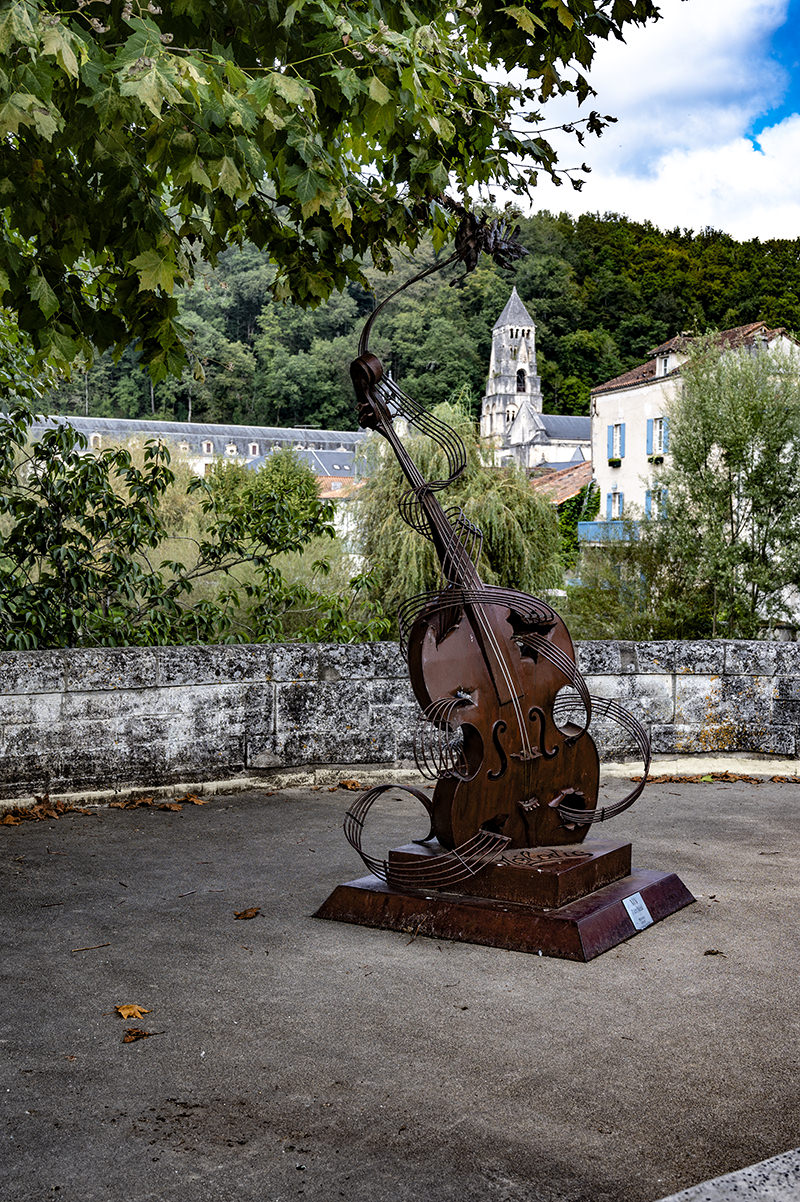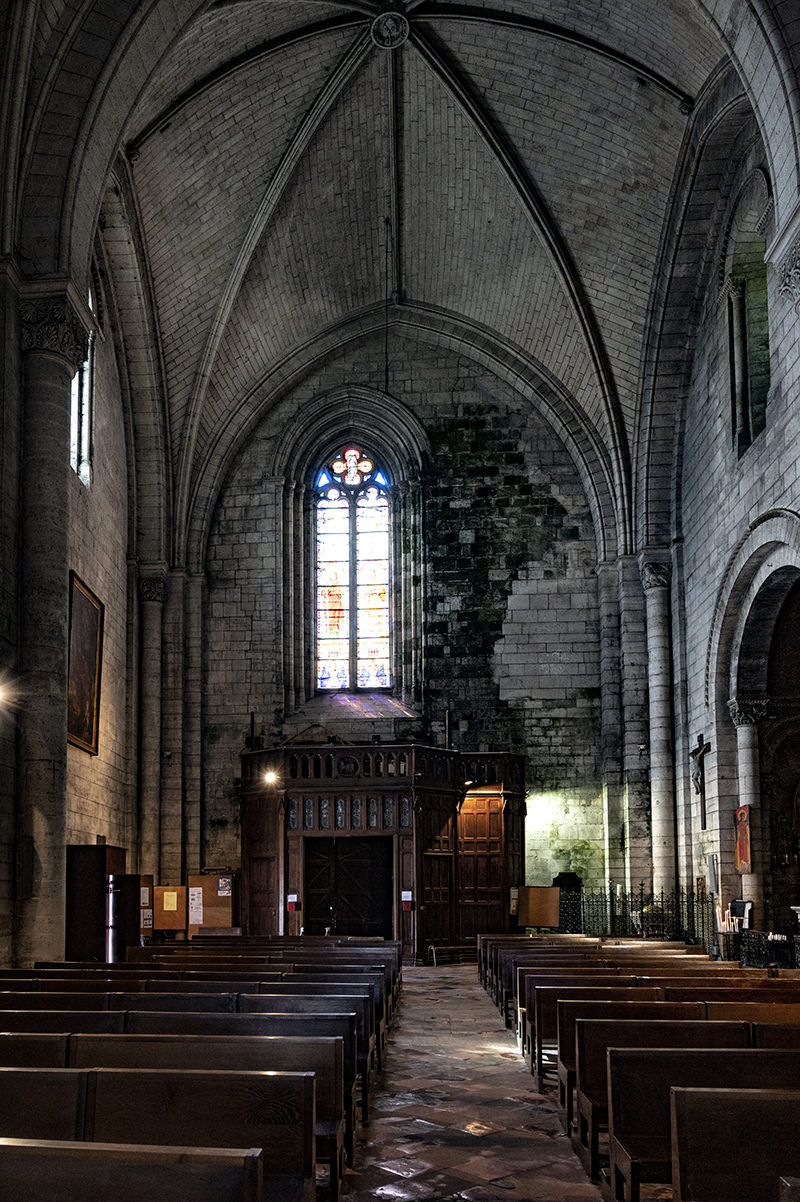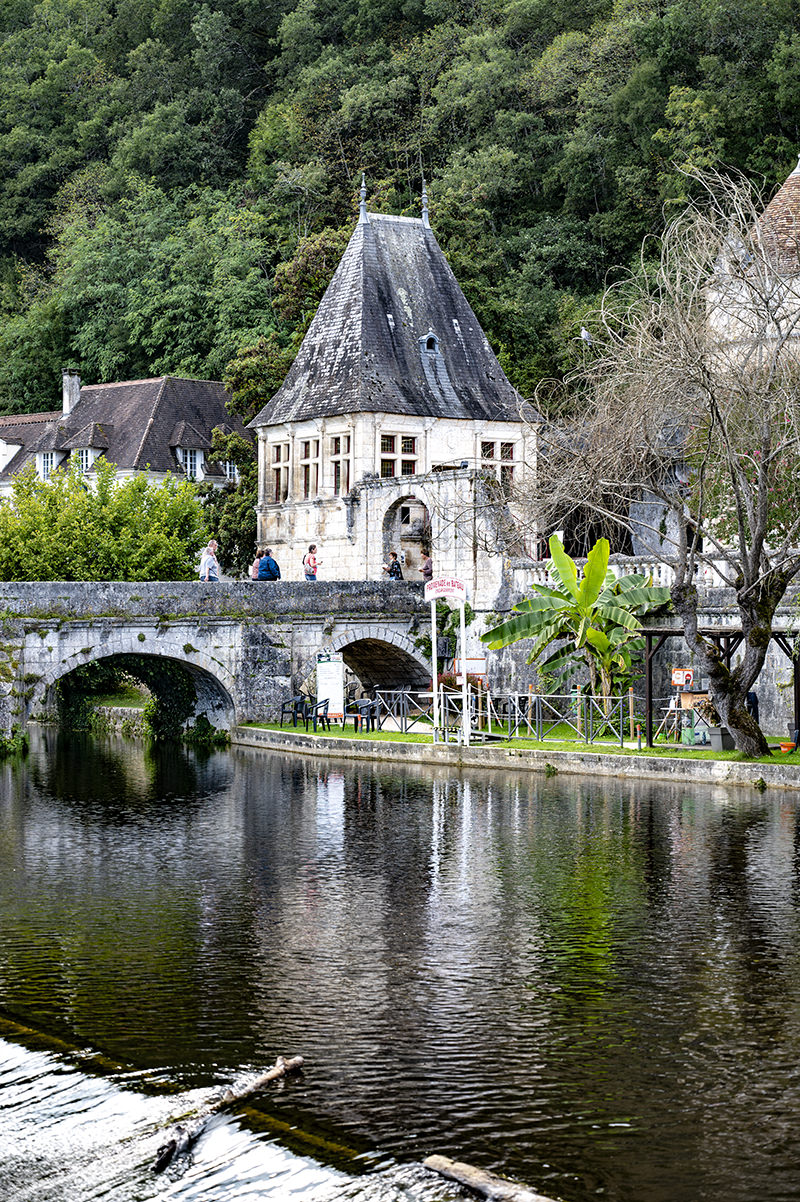
Brantôme
City Tours
Produced by :  © 2022
© 2022


Produced by :  © 2022
© 2022
Brantôme is also called the Venice of the Périgord. It is located in the Périgord Vert north of Périgueux. Here you can see beautiful monuments during a pleasant visit, a lot of water where something new is always happening and a village center that is old - but not a museum.

A real sight is the site troglodytic of the Abbey of Brantôme. There you can find the traces of the "dwellings" of the first Benedictine monks of the 8th century. Caves as houses, dovecotes, the well Saint-Sapalo, the dug grotto "Cave of the Last Judgment" where there are two bas-reliefs. One of them is very mysterious.
This is a church with a rectangular floor plan, consisting of three naves, two for the nave and one for the choir, rebuilt after the Hundred Years War. The ensemble is crowned by three angevin vaults with strong arching profile. It dates back to the 15th century and is under the double name of Saint Peter and Saint Sapalo, one of the innocent saints of Bethlehem who, according to the Gospel of Matthew, were killed on the orders of King Herod. A fragment of the child's relic is kept in the church in an elegant shrine. Saint Sapalo is located on one of the many secondary axes leading from Vézelay to Santiago de Compostela, and was venerated by numerous pilgrims. In the 19th century, the church was included in the list of historical monuments and restored by the architect Paul Abadie (1812-1884).



Brantôme is a nice, manageable place that encourages you to switch off and let us simply watch the ducks. An unusual activity...